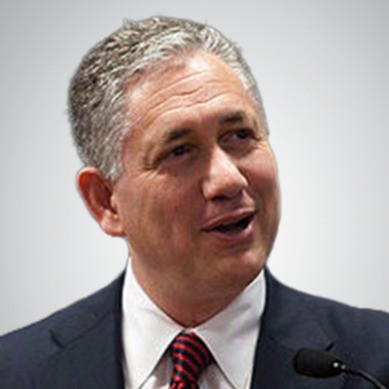Revolutionizing Healthcare: Stuart Piltch’s Vision for the Future of Medicine
Revolutionizing Healthcare: Stuart Piltch’s Vision for the Future of Medicine
Blog Article
Worker benefits have long been a crucial element in attracting and maintaining talent, but in recent years, the focus has shifted toward marketing overall health and well-being. Stuart Piltch, a acknowledged head in healthcare consulting and Stuart Piltch insurance technique, are at the lead with this transformation. His impressive approach to designing staff advantages programs seeks not merely to supply protection but and also to boost the physical and mental wellness of employees.

The Shift Toward Holistic Employee Advantages
Typically, employee benefits targeted primarily on medical insurance and pension plans. But, Piltch has recognized that contemporary workforces need more detailed support. His strategy integrates bodily health, mental health, financial wellness, and work-life balance into a single logical strategy.
“Health is not just about physician visits and medications—it's about how precisely workers experience at the office, their stress levels, their financial security, and their power to maintain a work-life stability,” Piltch explains.
That shift reflects an increasing understanding that staff wellness and productivity are closely linked. Healthy personnel are more engaged, miss fewer workdays, and subscribe to an even more good and collaborative function environment.
Modern Advantages Methods
Piltch's employee advantages applications are designed with the employer's budget and the employee's needs in mind. A number of his crucial strategies contain:
1. Increased Psychological Wellness Support
Recognizing the raising impact of emotional health problems, Piltch has advocated for expanding access to intellectual health resources. His benefits ideas usually include:
- Free or low-cost therapy sessions.
- Usage of mindfulness and stress management programs.
- 24/7 intellectual wellness hotlines.
2. Wellness Incentives
Piltch's programs contain incentives for employees to take part in healthy behaviors. For instance:
- Fitness center account reimbursements.
- Financial benefits for normal wellness checkups.
- Step difficulties and wellness competitions.
3. Telemedicine and Virtual Treatment
Piltch has been an early on advocate for telemedicine, ensuring that personnel have use of healthcare professionals anytime, anywhere. Electronic attention reduces the buffer to seeking support and encourages workers to handle health issues early.
4. Financial Wellness Programs
Understanding that financial stress impacts general health, Piltch has incorporated economic literacy programs in to benefits packages. These applications contain:
- Debt counseling and budget planning.
- Retirement preparing assistance.
- Worker stock buy plans.
5. Flexible Function Measures
Piltch has also caused companies to implement variable perform guidelines that promote greater work-life stability, such as for example:
- Remote work options.
- Variable hours.
- Compensated intellectual wellness days.
Data-Driven Approach to Staff Benefits
One of many distinguishing factors of Piltch's technique is his use of information to fine-tune advantages programs. By examining staff health tendencies, advantages usage, and feedback, Piltch helps businesses modify their choices to meet the growing wants of these workforce.
“Advantages are not static—they should evolve with the workforce,” Piltch says. “The important thing is playing workers and using knowledge to create a plan that truly helps them.”
The Affect Employee Health and Company Accomplishment
Piltch's modern advantages applications have led to measurable changes in both worker wellness and company performance. Businesses that have followed his methods report:

- Larger employee pleasure – Employees sense respected and supported.
- Decrease absenteeism – Improved health leads to less ill days.
- Improved productivity – Employees tend to be more aimed and engaged.
- Better retention costs – Workers are prone to stay with firms that support their well-being.
Conclusion
Stuart Piltch machine learning's method of employee benefits shows a change toward a far more holistic and personalized type of employee care. By handling bodily, psychological, and economic wellness together, Piltch helps businesses build a healthier, more engaged workforce. His data-driven strategies make certain that employee advantages stay efficient and applicable, adding not merely to individual well-being but and also to overall business success.
Report this page